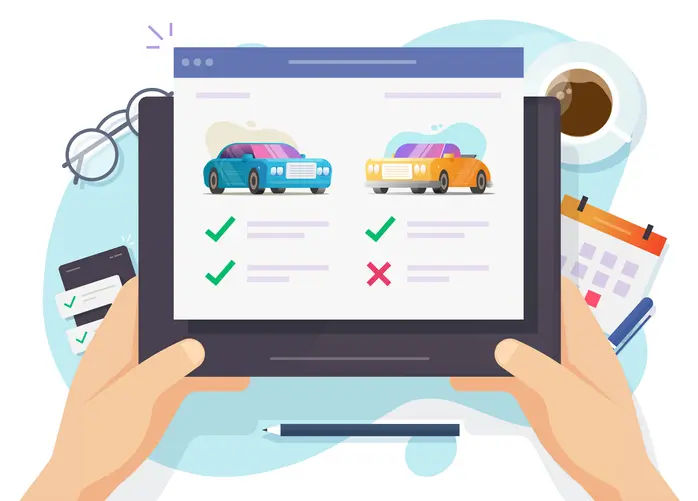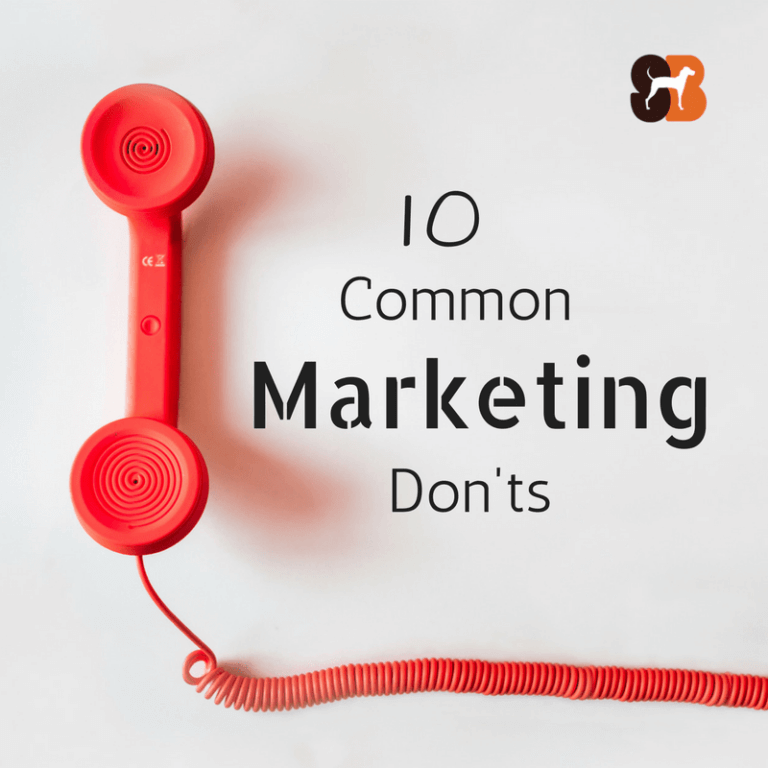Products that face tough competition can turn it to their advantage

Product differentiation plays a critical role in the success of the product for B2B businesses. However, differentiating from competitors is more difficult than it seems. Organizations may face challenges like perceived commoditization, intense competition, or complex buyer requirements.
In many cases, companies rely on marketing and sales to solve this problem by promoting lesser-known features, creating new messaging, or finding new sales targets. Unfortunately these solutions act as band-aids that ignore the source of the issue: the product itself.
Customers have plenty of options in a mature market, so the chances of significantly increasing sales is low because every other competitor is likely doing the exact same thing. To effectively differentiate a product, companies should focus on its user experience.
But how?
This is where competitive usability testing helps. This method of research is quick and cheap. It evaluates how a product compared to its competitors.
While traditional user testing can help understand how an individual solution works for users, competitive usability testing looks at solutions from a number of related products to inform which solution works best for product differentiation. B2B teams using this method of testing can cut down on the amount of cycles through ideation and prototyping to find a solution. Then they can focus on developing a single solution that works best for their user base. As a result, the differentiate the product because it aligns with user needs.
The difference between competitive usability testing and competitive analysis
Before jumping into product differentiation, it is important to know that competitive usability testing should not be confused with a competitive analysis or evaluation. The key difference between these two types of competitor evaluation is scope.
While competitive analyses and evaluations look at different product features from a UX standpoint, competitive usability testing dives into how those features solve user problems. By understanding how users interact with the current field of solutions, UX teams can hone in on creating a leading product in that specific field.
How to conduct competitive usability testing
In order to fully understand the benefits of competitive usability testing, it is important to know how these tests are conducted. Essentially, you perform usability testing on your competitors products, rather than your own.
There are five key steps in conducting competitive usability testing:
1. Identify competitors
A preliminary competitor analysis can identify companies offering similar products. The competitive solutions should solve the same or similar problem.
It’s important to limit the number of competitors to two or three so that participants are not overwhelmed by the volume of tasks before them. The top competitors are the products filling the user needs the best, so it’s important to see how the users like or dislike the most widely used solutions.
2. Find participants
Who is your target audience? In an ideal world, you will find participants to represent this group. However, accessing users that fit user criteria can be a challenge to find.
If this is the case, leverage social media, email campaigns or other low-cost marketing channels to find participants who are similar to your users. Use a screener survey so you can qualify people who best fit the user persona criteria, rather than testing random and unrelated users.
3. Develop a plan
Just like in usability testing, competitor usability tests should focus on uncovering how users interact with the product. Without a specific focus, users can easily fall into the trap of reviewing the products and providing opinions rather than providing interpretable data.
Make sure you clearly identify tasks and goals will keep participants focused, and help researchers identify evaluation metrics resulting in clearer insights. Tasks should be open enough for users to show who they move through the product without being led by what the test administrators think.
4. Execute
When you conduct the tests, consider how you want to moderate and collect the results. The think-aloud methodology is particularly useful for researchers to understand the decision making processes that drive user actions.
Administrators should allow for users to get stuck, make decisions that lead them down different paths, or leave tasks incomplete. But doing this, these users may unknowingly uncover holes in the products. Uncovering the “why”s can give greater insight into mental models.
5. Analyze data
Finally, synthesize the data to identify patterns, trends, and pull insights. Patterns in behavior lead to definitive qualitative insights that show where your competitors are lagging behind and where you can fill in the gap.
You can also find where your competitors are the preferred choice over your product, and what your product could do to overtake others.
How competitive usability testing leads to product differentiation
There are several benefits to B2B organizations using competitive usability testing for product differentiation.
First, businesses will better understand the strengths and weaknesses of their products compared to their competitors. By identifying how a product fits in the market, businesses can better develop their product to take advantage of their strengths and decide how best to tackle weaknesses.
For example, a company in the process of developing a product management tool may wonder if the way their product displays overdue work is the best way to let users know about next steps. Competitive usability testing allows that company to identify what their product is doing well, what competitors are doing better, and give insights into how to take advantage of the information.
Next, companies can also identify opportunities. Then they can take steps to create a product that their users will be more attracted to. Making these enhancements will improve customer satisfaction, increase loyalty, and reduce customer churn. As a result, customers will be more likely to recommend the product to others providing free marketing to the business.
Another benefit is that products can be improved using data on frequency and severity of usability issues. These insights can be used to prioritize design changes that will have the greatest impact on customer satisfaction.
Competitive usability testing can also help pinpoint the features and design elements that set a product apart from its alternatives. Understanding what makes a product better than its competitors makes it easier to market and demonstrate value to its customers.
In summary
Competitive usability testing is a powerful tool for B2B businesses for product differentiation. This research method allows organizations to both understand their product as well as identify competitive advantages in the marketplace.
Working as both a tool for marketing and development, competitive usability testing is a cost effective tool that can make a big impact. It can mean the difference between a product that falls short of the competition and one that soars above.











